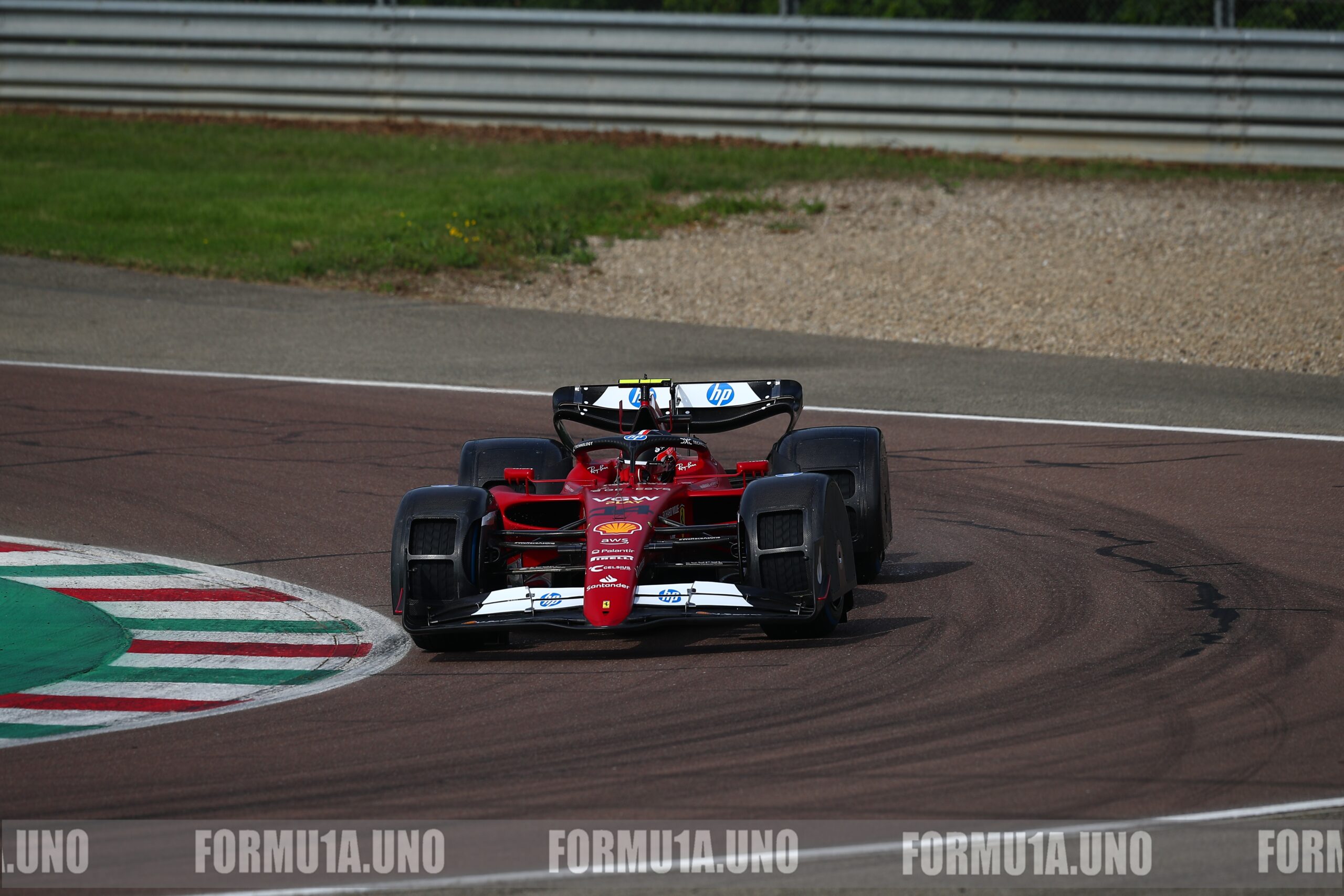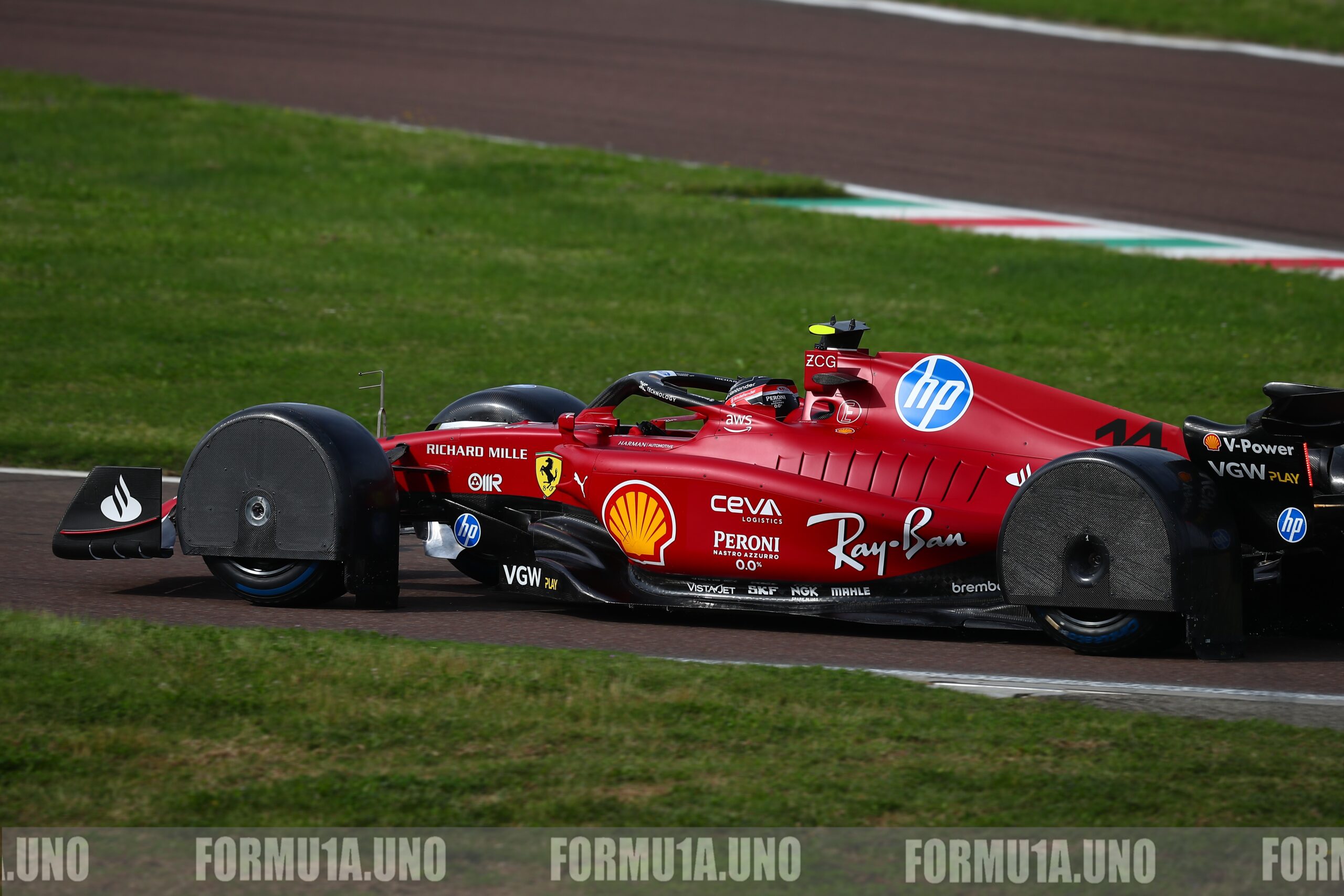road or track the tyres of each speeding car are a 100+ kW 'hair dryer' acting on one part of the road surfaceJust_a_fan wrote: ↑18 Sep 2023, 17:17... not enough to cause significant enough evaporation to create a dry line behind the car. The vastly more significant way that standing water is removed from the track is physically moving it with the tyre...Just_a_fan wrote: ↑18 Sep 2023, 16:16... It happens on road cars too and their tyres are cold, especially in wet weather.
'drying' ie reducing in various ways the suspended liquid water aka spray by heating the 'physically moved' water
ie the notional moving effect doesn't occur without the effects of that heat occurring
plus F1 wheel aerodynamic drag will also heat local air (maybe 50 kW) - and heat it by brake cooling (maybe 200 kW)
all the above mechanisms present as 'standing water physically moved with the tyre'



